Orion completes lunar flyby maneuver
Sunday, 20 November 2022 01:52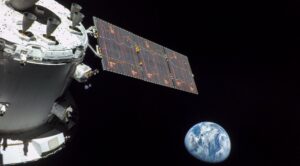
NASA has approved plans to proceed with the next critical milestone in the Artemis 1 mission, a maneuver by the uncrewed Orion spacecraft as it flies by the moon Nov.
SpaceX to launch last new cargo Dragon spacecraft
Saturday, 19 November 2022 16:59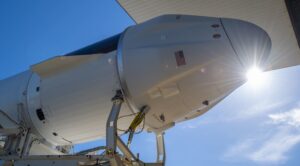
A SpaceX Dragon launching soon to the International Space Station is the last cargo version of the spacecraft the company expects to build, with one more crewed spacecraft under construction.
NASA Moon mission 'exceeding' expectations
Saturday, 19 November 2022 13:21 On the third day after lifting off from Florida bound for the Moon, the Orion spacecraft is "exceeding performance expectations," NASA officials said on Friday.
The spacecraft is to take astronauts to the Moon in the coming years - the first to set foot on its surface since the last Apollo mission in 1972.
This first test flight, without a crew on board, aims to ensure that the vehicl
On the third day after lifting off from Florida bound for the Moon, the Orion spacecraft is "exceeding performance expectations," NASA officials said on Friday.
The spacecraft is to take astronauts to the Moon in the coming years - the first to set foot on its surface since the last Apollo mission in 1972.
This first test flight, without a crew on board, aims to ensure that the vehicl NASA Moon mission 'exceeding' expectaions
Saturday, 19 November 2022 09:58
On the third day after lifting off from Florida bound for the Moon, the Orion spacecraft is "exceeding performance expectations," NASA officials said on Friday.
The spacecraft is to take astronauts to the Moon in the coming years—the first to set foot on its surface since the last Apollo mission in 1972.
This first test flight, without a crew on board, aims to ensure that the vehicle is safe.
"Today we met to review the Orion spacecraft performance... it is exceeding performance expectations," said Mike Sarafin, head of the Artemis 1 mission.
The spacecraft's four solar panels, about 13 feet (four meters) long, deployed correctly and are providing more energy than expected, said Jim Geffre, the Orion manager at the Johnson Space Center in Houston.
White House, Congress praise long-delayed first SLS launch
Friday, 18 November 2022 21:38
The inaugural flight of the Space Launch System won positive reactions from the White House and Congress, celebrating the successful liftoff while overlooking the vehicle’s extensive delays.
The post White House, Congress praise long-delayed first SLS launch appeared first on SpaceNews.
AST SpaceMobile searching for funds to accelerate constellation
Friday, 18 November 2022 20:08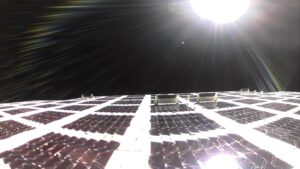
A year and a half after netting around $417 million through its IPO, AST SpaceMobile is seeking more funds to accelerate a direct-to-smartphone constellation that has fallen behind a key regulatory deadline.
The post AST SpaceMobile searching for funds to accelerate constellation appeared first on SpaceNews.
JAXA's ambitious mission to Phobos will even have European-built rover
Friday, 18 November 2022 17:00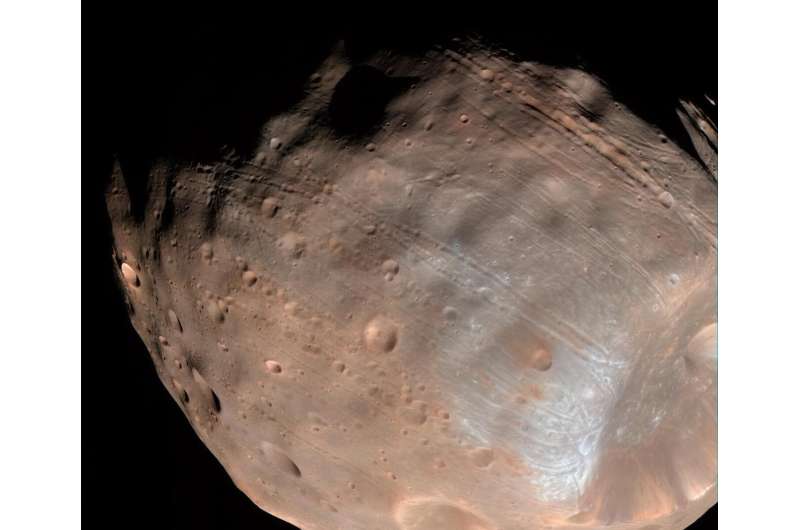
Japan and Germany have a history of collaboration in scientific and technological endeavors. The countries have a Joint Committee on Cooperation in Science Technology that has met many times over the decades. Both countries have advanced, powerful economies and sophisticated technological know-how, so it makes sense they'd collaborate on scientific activities.
This time, their cooperation concerns a small, potato-shaped chunk of rock: Mars' moon Phobos.
In 2024, the Japanese Aerospace Exploration Agency (JAXA) plans to launch the Martian Moons eXploration (MMX) mission to Phobos and Deimos. Deimos will get the fly-by treatment, but JAXA has more ambitious ideas for Phobos.
NASA Webb micrometeoroid mitigation update
Friday, 18 November 2022 16:51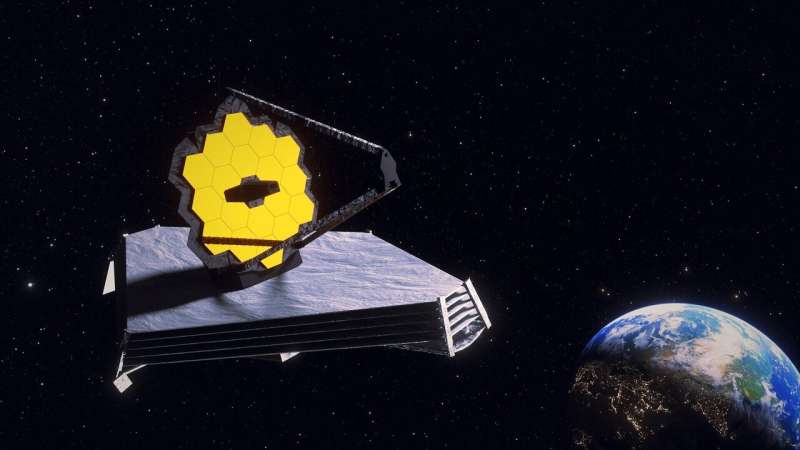
Micrometeoroid strikes are an unavoidable aspect of operating any spacecraft. NASA's James Webb Space Telescope was engineered to withstand continual bombardment from these dust-sized particles moving at extreme velocities, to continue to generate groundbreaking science far into the future.
"We have experienced 14 measurable micrometeoroid hits on our primary mirror, and are averaging one to two per month, as anticipated. The resulting optical errors from all but one of these were well within what we had budgeted and expected when building the observatory," said Mike Menzel, Webb lead mission systems engineer at NASA's Goddard Space Flight Center in Greenbelt, Maryland. "One of these was higher than our expectations and prelaunch models; however, even after this event our current optical performance is still twice as good as our requirements."
To ensure all parts of the observatory continue to perform at their best, NASA convened a working group of optics and micrometeoroid experts from NASA Goddard's Webb team, the telescope's mirror manufacturer, the Space Telescope Science Institute, and the NASA Meteoroid Environment Office at NASA's Marshall Space Flight Center in Huntsville, Alabama.
NOAA adopts Finland's CubeSat-proven space weather monitor
Friday, 18 November 2022 15:41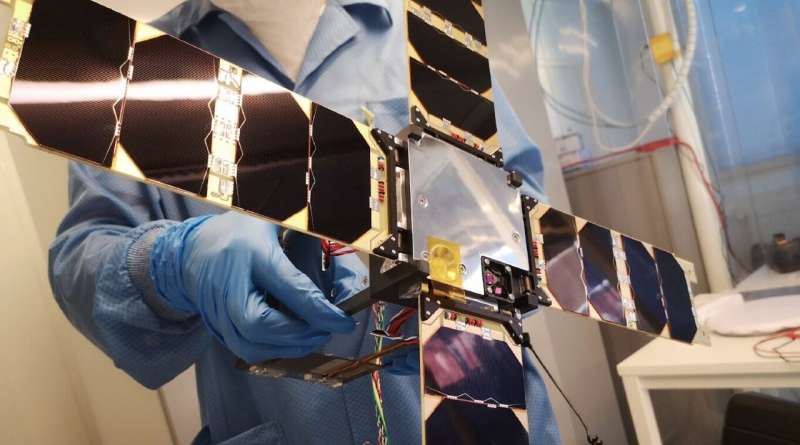
An advanced X-ray monitoring instrument tested for space aboard an ESA CubeSat will serve as an operational space weather payload on the U.S. National Oceanic and Atmospheric Administration's Space Weather Next Lagrange 1 Series satellite, currently planned for launch in 2028, which will operate 1.5 million km from Earth, keeping watch for eruptions from our sun.
Europe reaches funding deal for sovereign broadband constellation
Friday, 18 November 2022 14:56
The European Union reached a provisional agreement Nov. 17 to cover nearly half the 6 billion euro ($6.2 billion) cost of deploying a secure connectivity constellation by 2027.
The post Europe reaches funding deal for sovereign broadband constellation appeared first on SpaceNews.
Op-ed | SLS and Artemis warrant continued robust support
Friday, 18 November 2022 14:34
As U.S. adversaries seek to militarize space, SLS’s heavy-lift capability makes it a unique entity for NASA and national security. Robust congressional support for SLS, NASA's near-term Artemis missions and future configurations is more important than ever.
On National Security | It’s no secret: Keeping space allies in the dark hurts the U.S.
Friday, 18 November 2022 14:00
Secrecy is innate to military space, and it’s been that way since the start. But officials are increasingly expressing frustration with a classification system that at times appears to be doing more harm than good.
Week in images: 14-18 November 2022
Friday, 18 November 2022 13:23
Week in images: 14-18 November 2022
Discover our week through the lens
Shaun the Sheep mission patch
Friday, 18 November 2022 12:20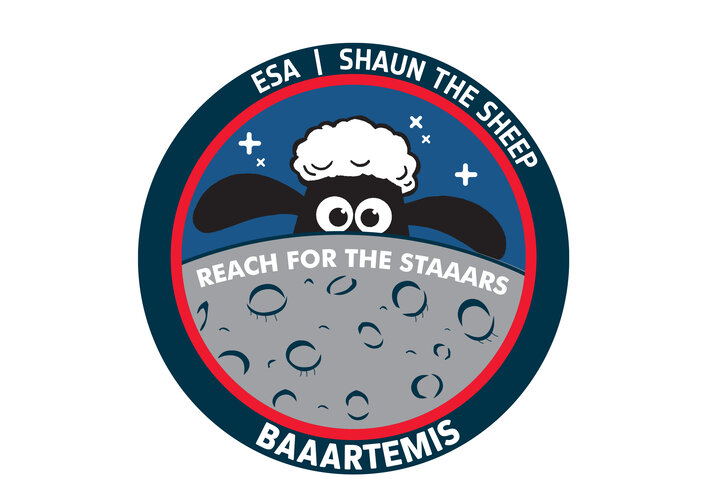 Image:
Shaun the Sheep mission patch
Image:
Shaun the Sheep mission patch Japanese lunar lander slated to launch Nov. 28 at the earliest
Friday, 18 November 2022 12:15
Japan’s ispace expects SpaceX to launch its lunar lander Nov. 28 at the earliest for a mission to the moon’s surface roughly five months later.
The post Japanese lunar lander slated to launch Nov. 28 at the earliest appeared first on SpaceNews.

